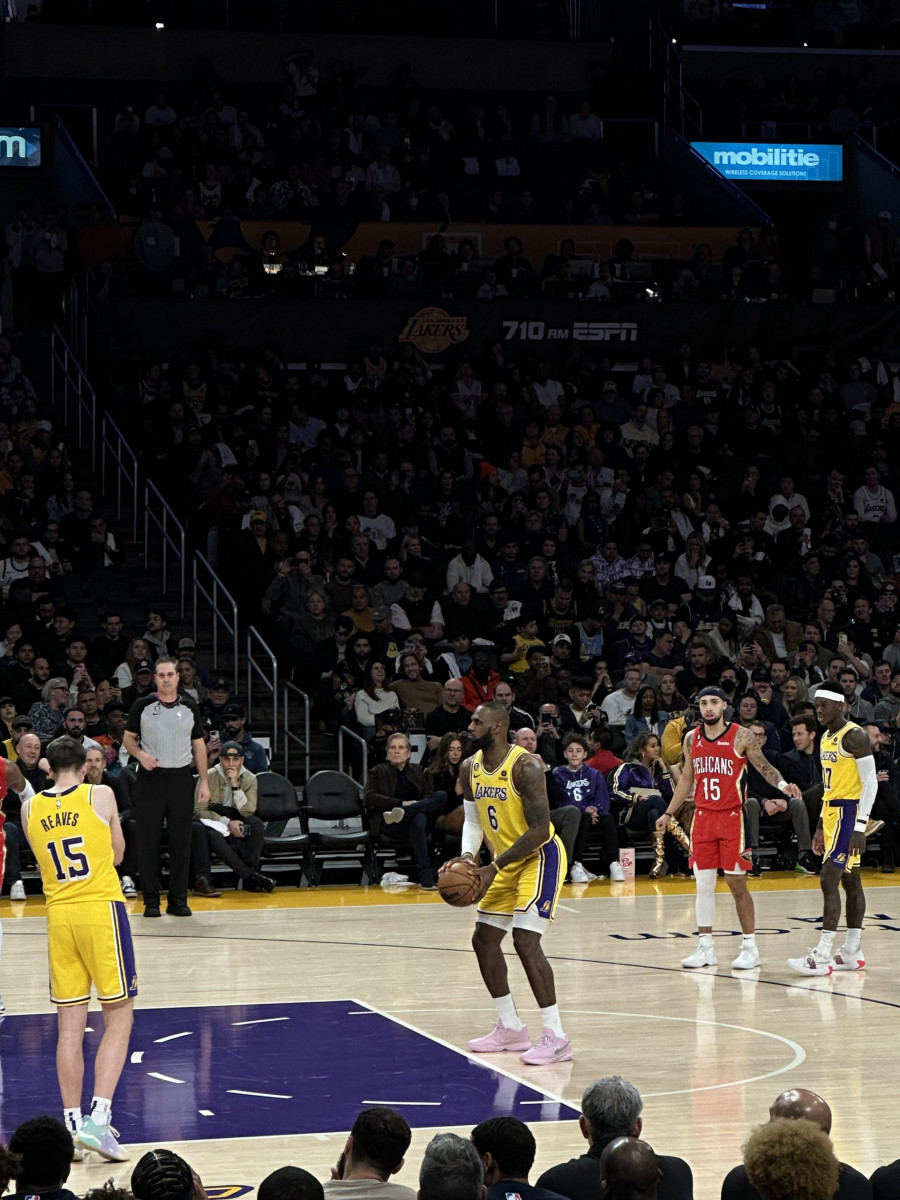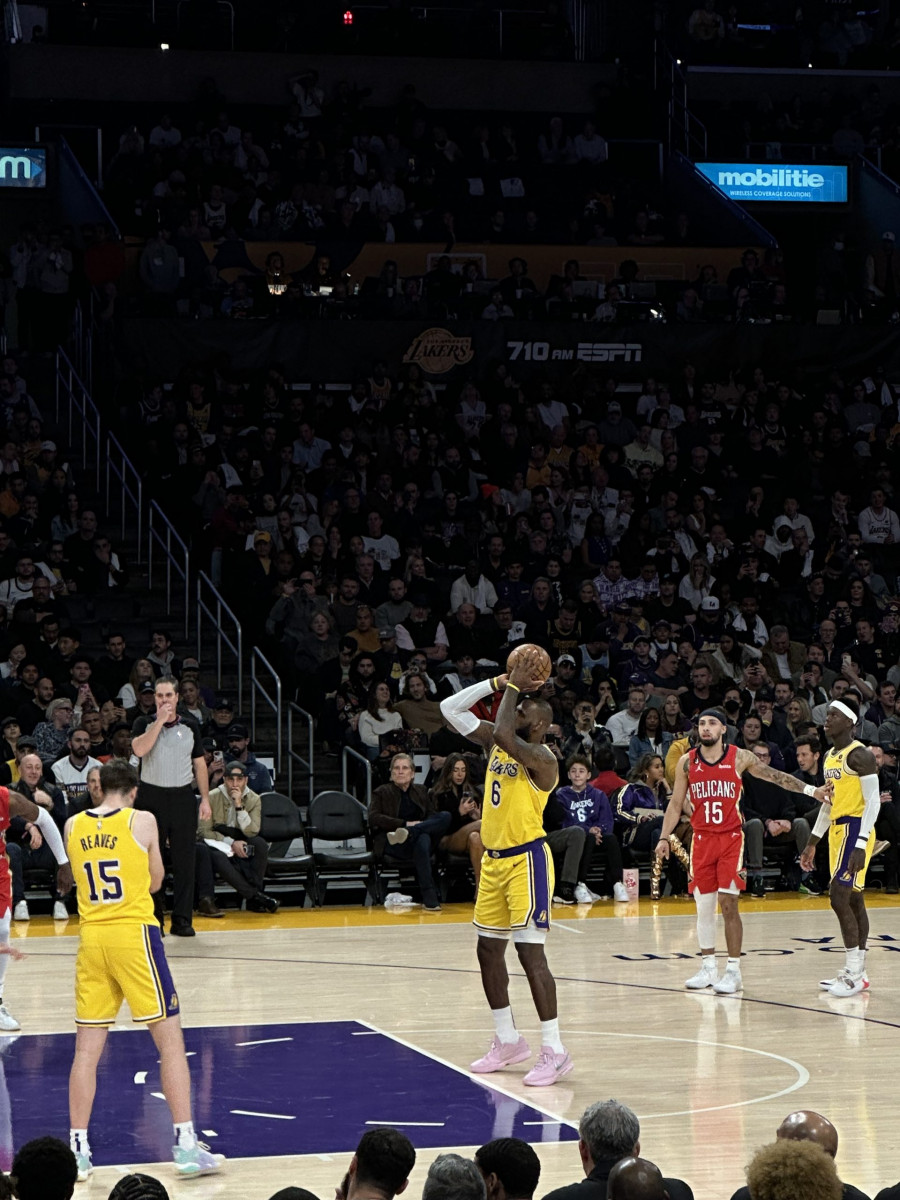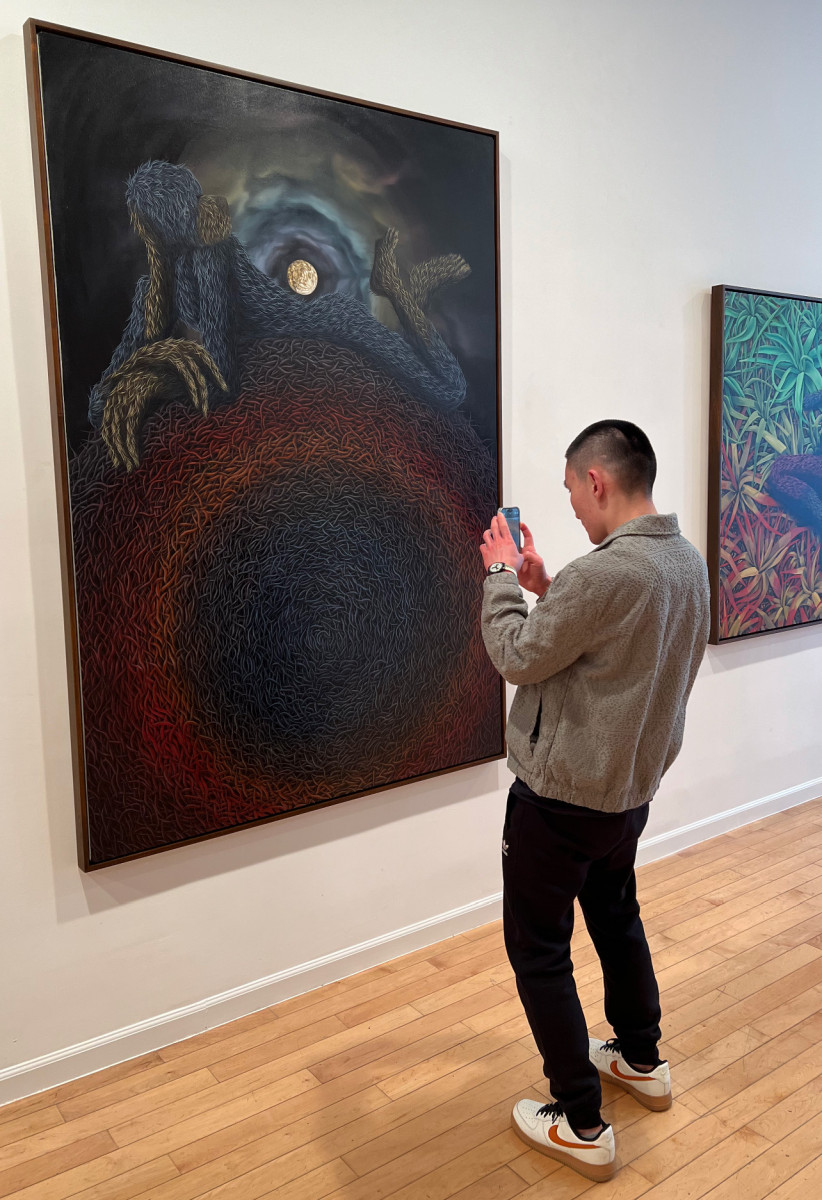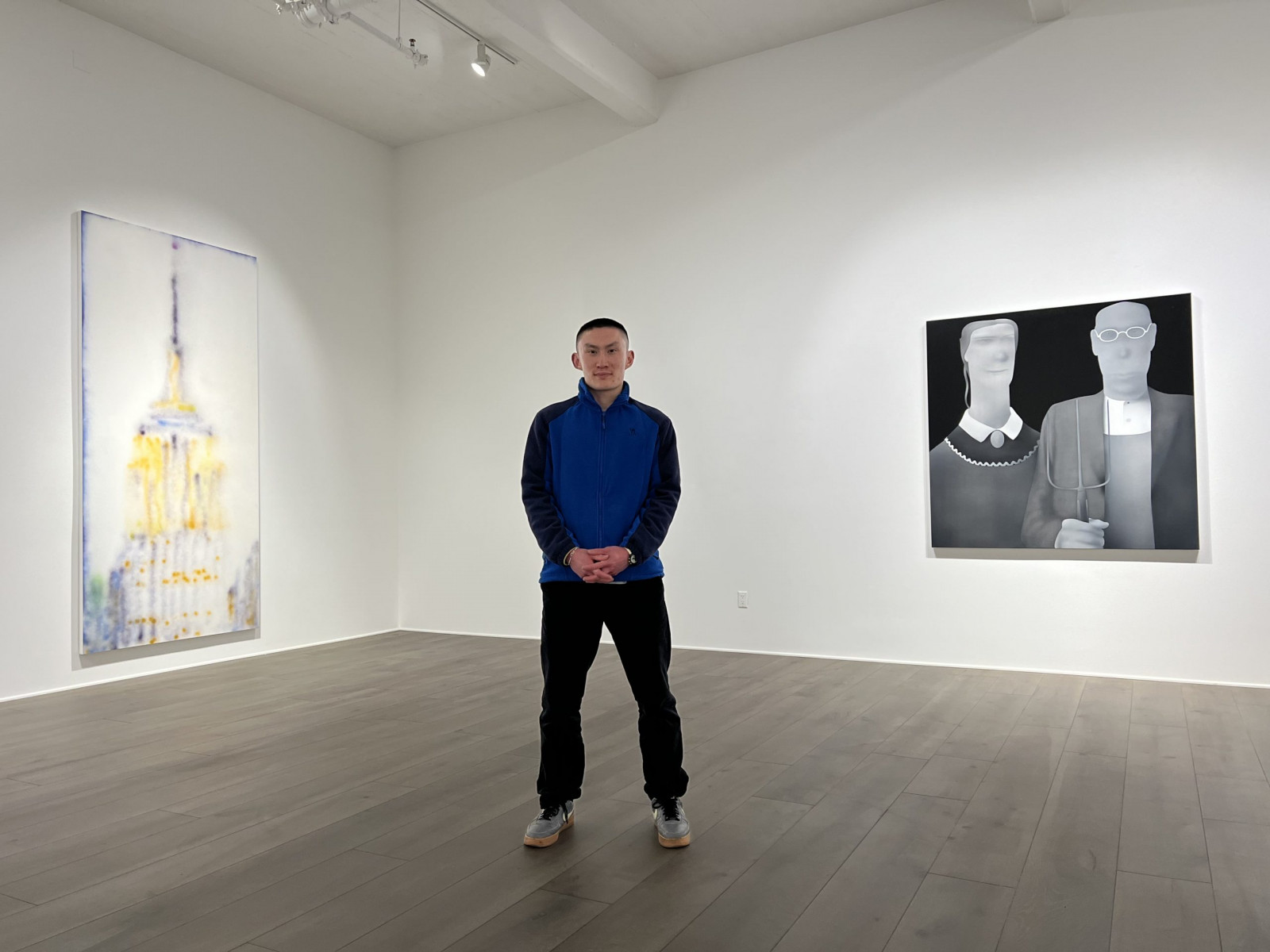
Jingze Du in conversation with Steve Turner, June 2023
Steve Turner:
I just reread our first published conversation, the one we had just before your debut solo exhibition in the United States opened in May 2020. Now that you have concluded your first solo show in New York, I think we have a lot more to discuss. So much has happened in the last three years. After your 2020 debut with In Between, you have been steadily working – three more solo exhibitions in Los Angeles, one in Beijing, one in Shanghai and significant representation at art fairs in Miami, Brussels, Chicago, Hong Kong, and Seoul. In Between was scheduled to open in April 2020, but Covid intervened, making impossible your first visit to the United States and causing us to delay the opening by one month. When we had that conversation, we had no idea what the future would hold, whether anyone would pay attention to your show and whether there would be anyone buying art anymore. Do you remember how you felt as you saw your debut American solo exhibition materialize from afar?
Jingze Du:
I was so excited during the months leading up to the exhibition. It was always my goal to have exhibitions outside of Ireland. I was proud, grateful and I was so nervous. You and I had just met the prior November and everything developed so quickly and organically. I wanted everything to be perfect and I was so excited to visit Los Angeles. I had my airplane ticket for what would have been my first visit to the United States. Covid changed all that. Seeing my show unfold on my screen was surreal. It almost seemed like a dream. I had to walk through the park a lot because I had so much energy and excitement. It was a lot to process, both Covid and my first international solo show. Mostly, I was very proud of the show, the works and the positive reactions that followed.
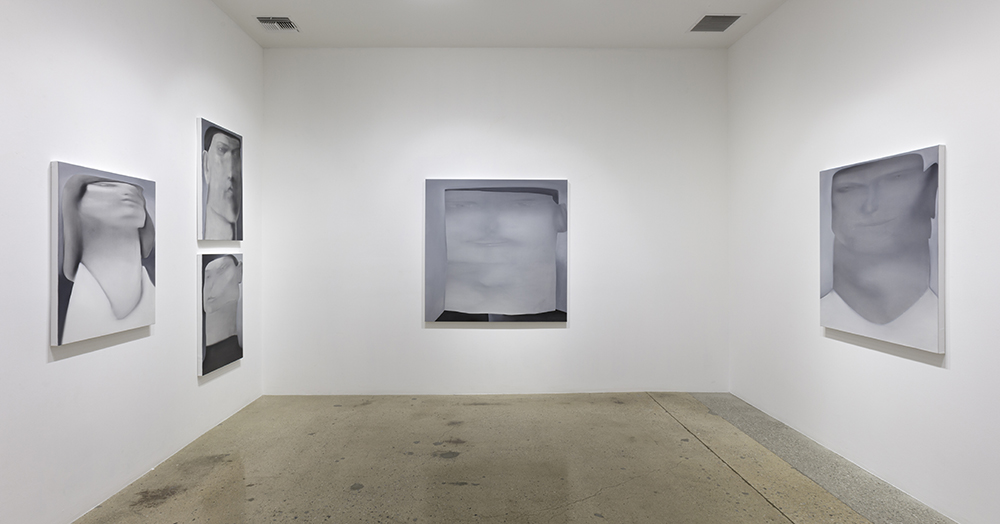
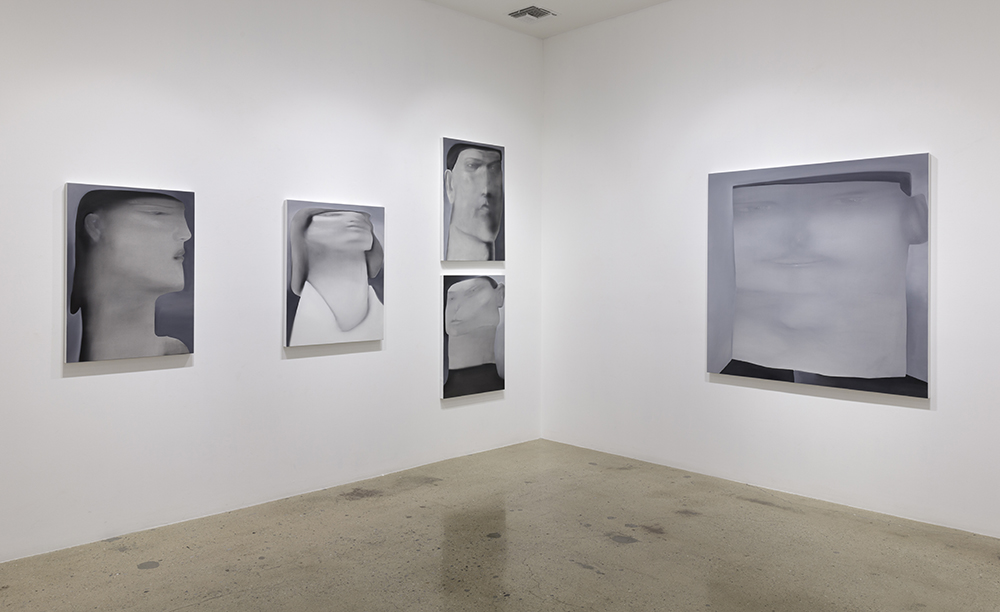
ST:
We discussed the impetus for those works in our first conversation, so we need not do so again now, but I wonder what you think of them now? Clearly, you have developed so much since then, but I think they hold up very well. They still stand out very distinctively as your work; they look great, and they set the tone for subsequent works.
JD:
I was very happy with these works. They were the first that I created in Ireland after returning from six months in Dusseldorf. They were instinctive and very personal works. My likeness, in varying degrees, was part of each work. As I look back, I think they are very special and I am not sure I could do this again.

ST:
2020 was a tremendous year for you. Not long after In Between ended, a time slot opened in our main gallery in October. Something made me offer it to you and you did not hesitate to say yes. I don’t know how you did it, but you created an amazing body of work for the exhibition which you titled Magic Kingdom. You made so much work that we built a new wall which remains in use to this day. We call it the Lebron wall because that is where your fabulous painting of Lebron James was installed. Can you describe the months leading up to Magic Kingdom and what inspired the works?
JD:
For many months after the onset of Covid, Dublin was in a very strict lockdown, so I spent a lot of time reading and drawing with breaks to walk in the park. One of the books that I read was Ride of A Lifetime, the memoir of Disney chairman, Bob Iger and that somehow gave me the confidence to take more risks. The first painting I created was of Mickey Mouse. I wanted to create something that had no conceptual basis. Remember, I was just one year out of the MA program at the RCA where one is expected to have a theoretical basis for each of his works. Painting Mickey Mouse was something of a breakthrough. That led to many other works that related to Mickey, Disney and popular entertainment. Among them were portraits of Matthew McConaughey, Snoop Dog, The Weeknd, Martha Stewart, Eminem, Charlize Theron, Billy Ilish, Justin Bieber, LeBron James and Darth Vader, Batman and Storm Trooper from Star Wars.
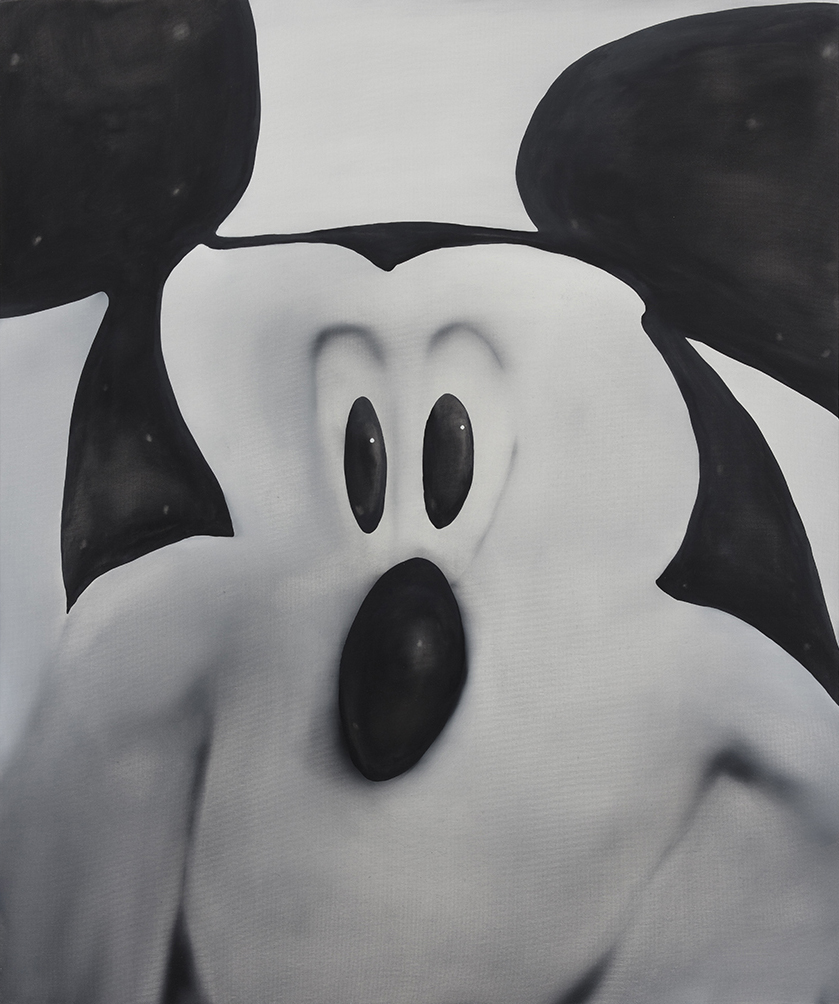
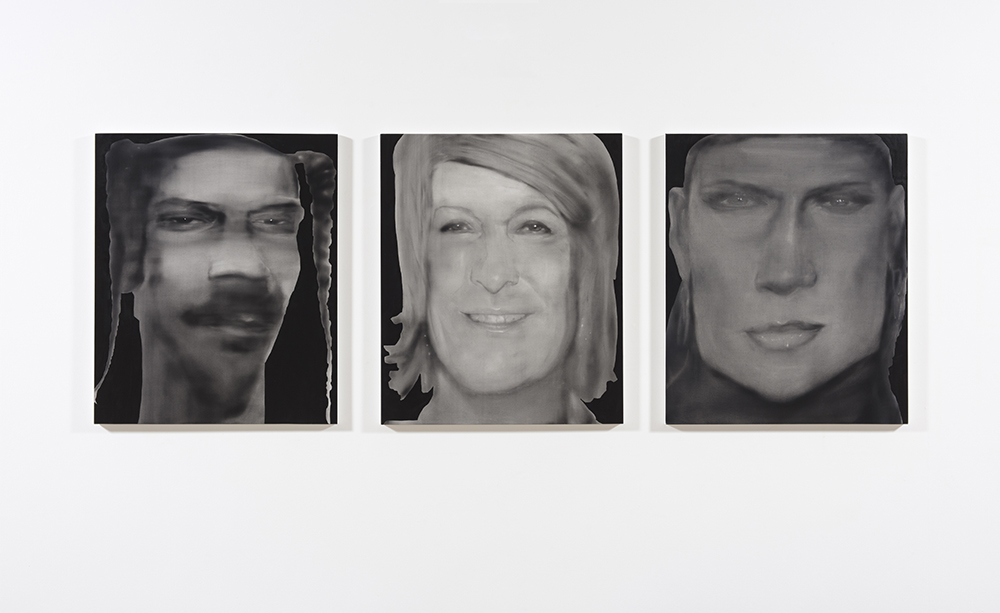
ST:
What made you choose these specific people or characters?
JD:
All had significant achievements, but I chose them because they seem to have overcome obstacles, they are complex, yet still have a positive aura. It was also very fun to study these people, the details in their faces and their lives. It was like I was stepping into their lives for a period of time.
ST:
I was very impressed with your ability to choose such an interesting mix of characters. All but one were depicted only with their faces. One person had shoulders and arms and that was LeBron James. Why did he get this special treatment?
JD:
I don’t think I had a special reason at the time. It just felt right.

ST:
The oil paintings in Magic Kingdom had more distinctive features and more striking contrasts than did their counterparts in In Between. Did you employ some new techniques with these works?
JD:
Not at all. The works were made with the same techniques and materials. The difference is that the ones in In Between were painted during the soft daylight hours of January, February and March whereas the works for Magic Kingdom were created at nighttime because the summer daylight was too bright in my studio. As a consequence, the works have more of a nighttime feeling.
ST:
You also created some spray-painted paintings for Magic Kingdom. What was the impetus for this new process?
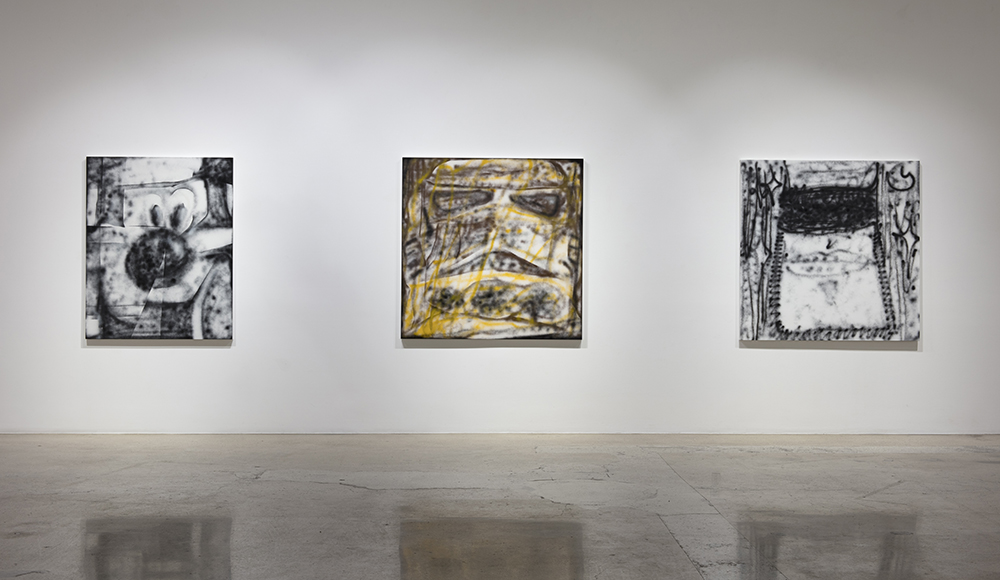
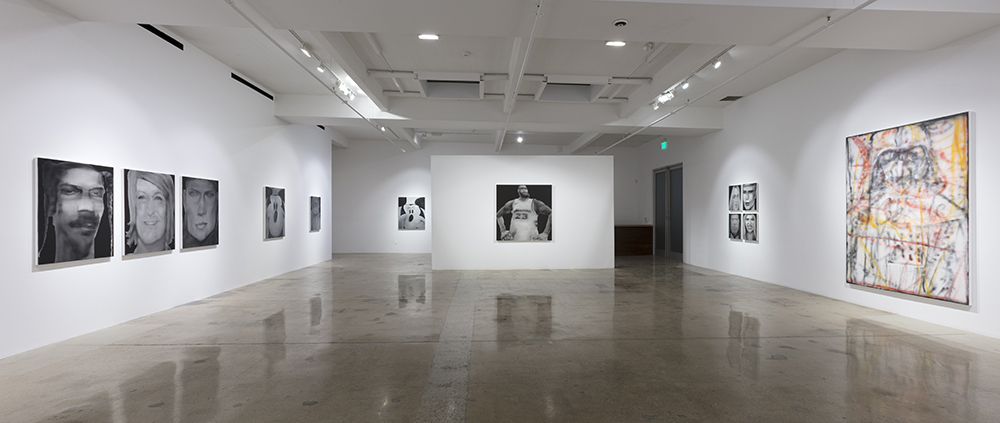
JD:
I needed a break from the rigor of the oil paintings which take a lot of time, concentration and energy. Sometimes I want to have the freedom to be fast, loose and gestural.
ST:
In 2021, you had three solo exhibitions culminating with your third in Los Angeles in September. Before we talk about that, let’s discuss your first solo exhibition in China, at Hive Center for Contemporary Art, in Beijing. What did you present there?
JD:
It was a nice followup to Magic Kingdom and it also gave me the opportunity to include some new experiments. There were works that depicted people and characters from American pop culture, depictions of Darth Vader, Batman, Frankenstein’s Monster and Captain Jack Sparrow. I also presented the first of my works which was inspired by art history, my version of Vermeer’s Girl With A Pearl Earring. There also were some works of anonymous men in business suits, something I am continuing to develop.
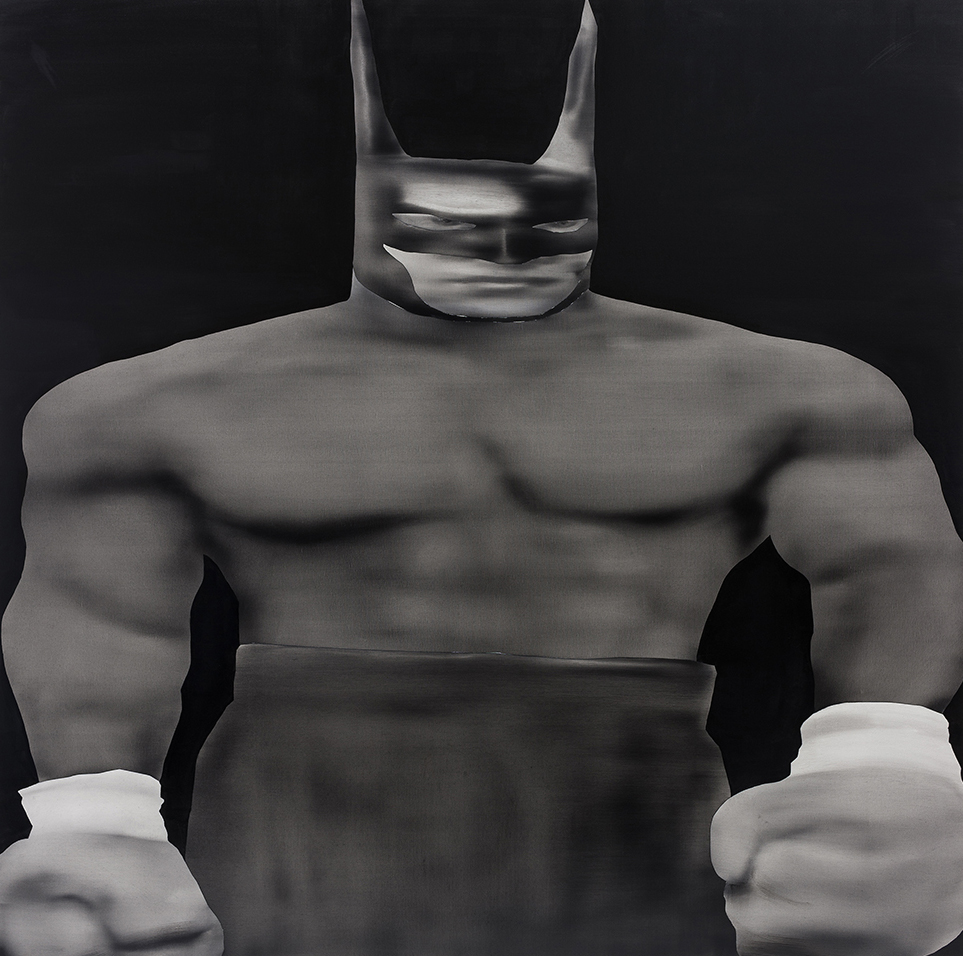
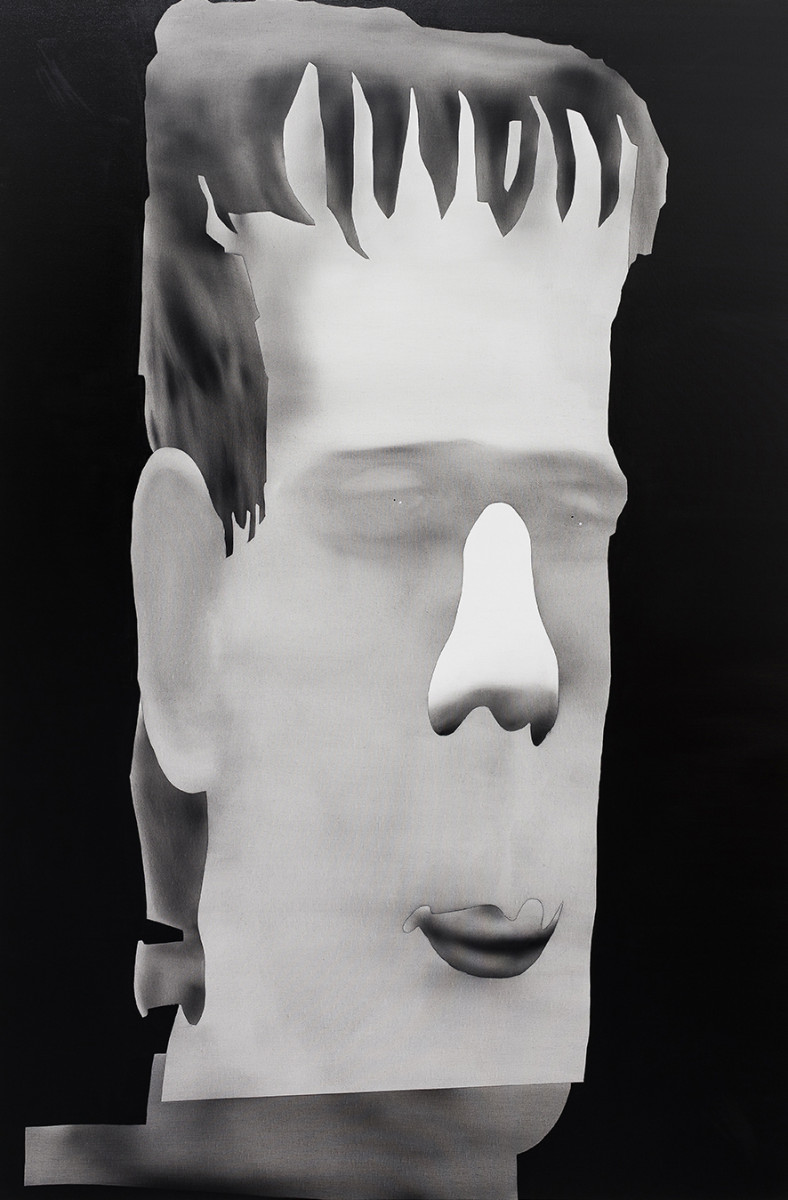
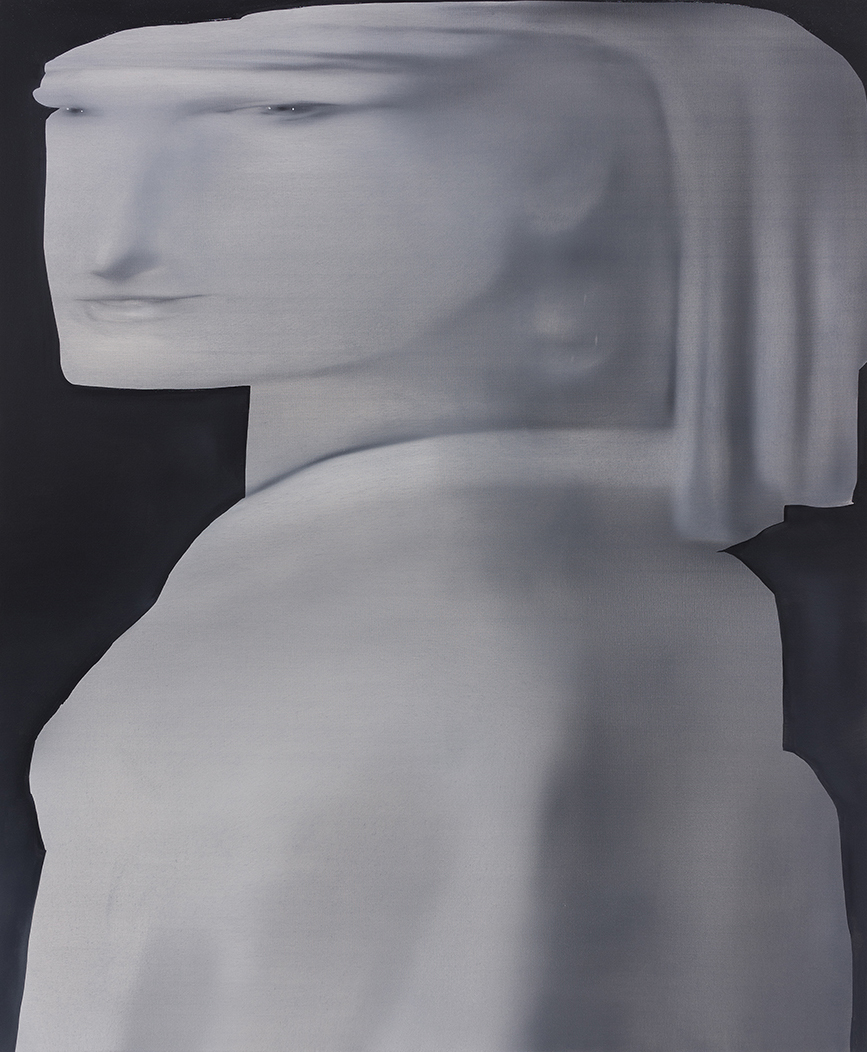
ST:
What was the motivation for the suit paintings?
JD:
I don’t know exactly, but I think it has to do with the fact that I grew up watching the films in the Matrix series over and over throughout my youth. I need to think more about this, but I think that is the inspiration.
ST:
This seems like very daring work to present in China. Did you consider that the audience there might be different from ours in Europe and the United States?
JD:
I never really did. First, I have to make my own work, comfortable with the knowledge that any particular audience will get it or not. I also know that there is a segment of very curious people in China who are very aware of international contemporary art, and that gave me some comfort to simply present my very best work.
ST:
What was the reaction to your work?
JD:
From what the gallery tells me and from what I see in Chinese social media, I have quite an active following. I am happy to say that my works are now part of Chinese institutional and private collections. For this, I am very grateful and proud.
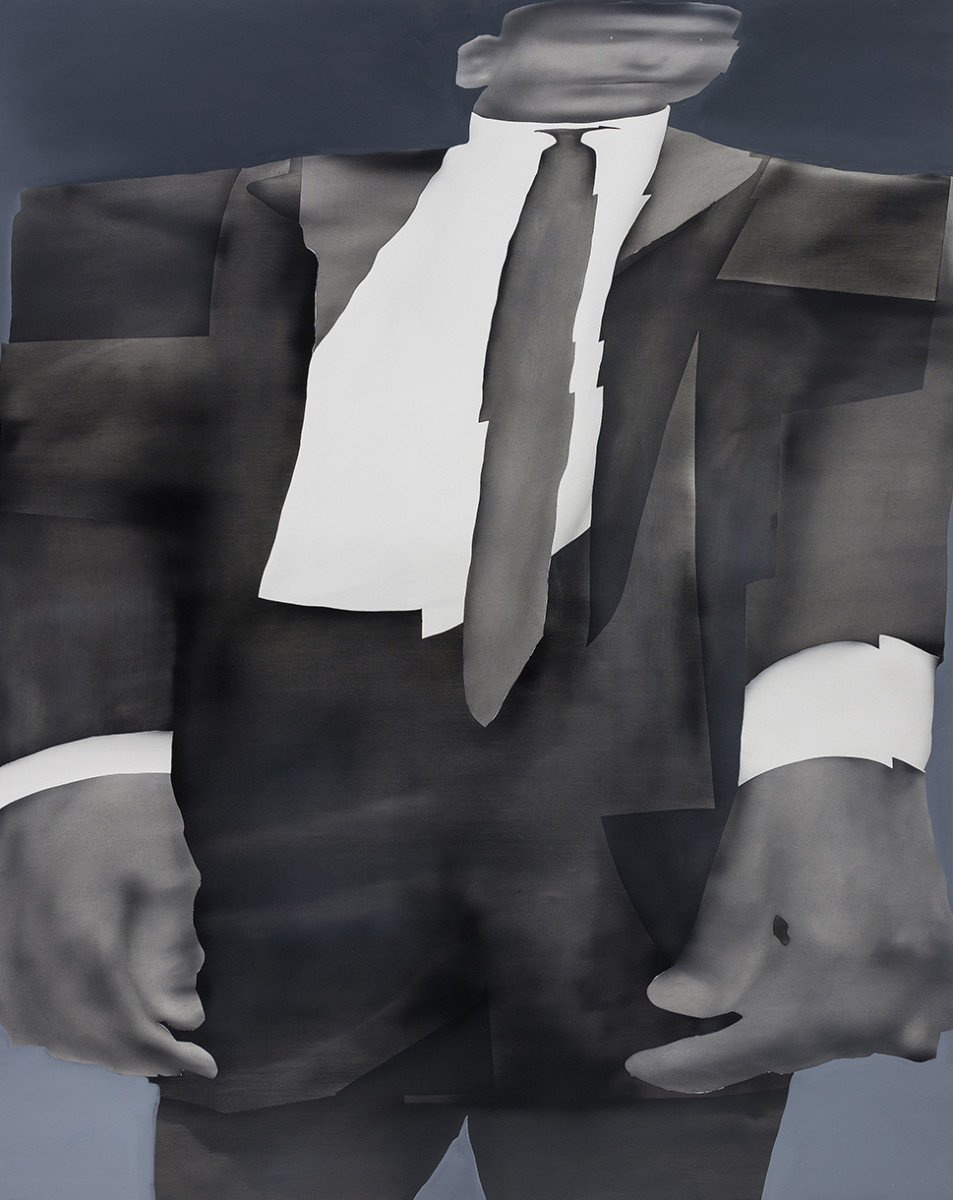
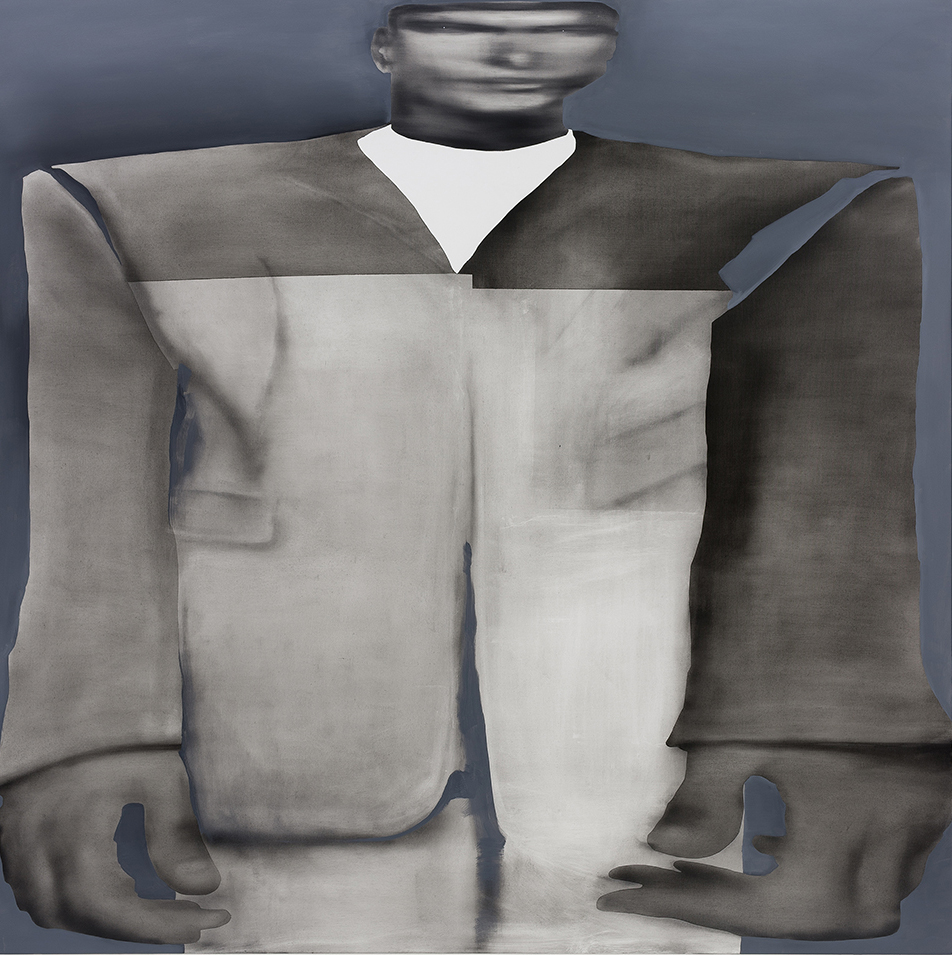
ST:
This leads us to Midnight, your third solo show in Los Angeles which opened in September 2021. This was a two-room exhibition which featured oil paintings in the main gallery and four large-scale spray-painted paintings in our second room. You introduced new themes–Picasso inspired works, selfie girls, luxury goods and you also revisited Batman and a character from the film Heat. What motivated this selection of works, and what was the significance of the exhibition title, Midnight?
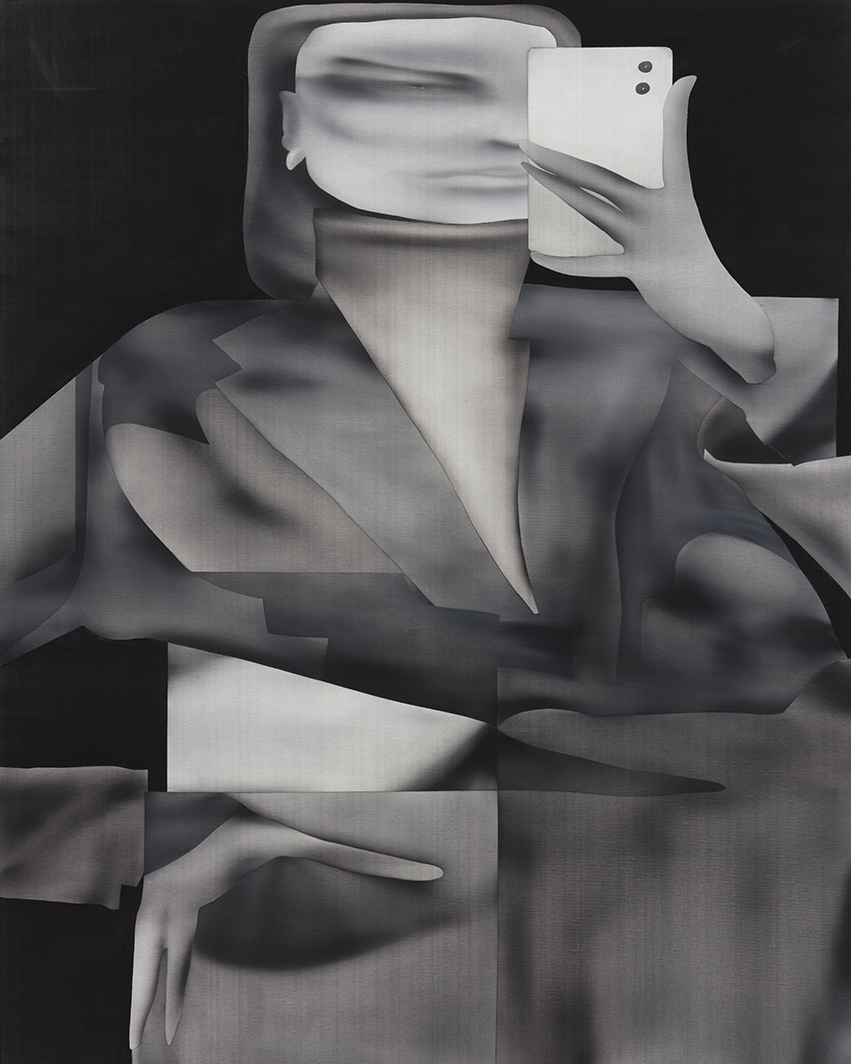

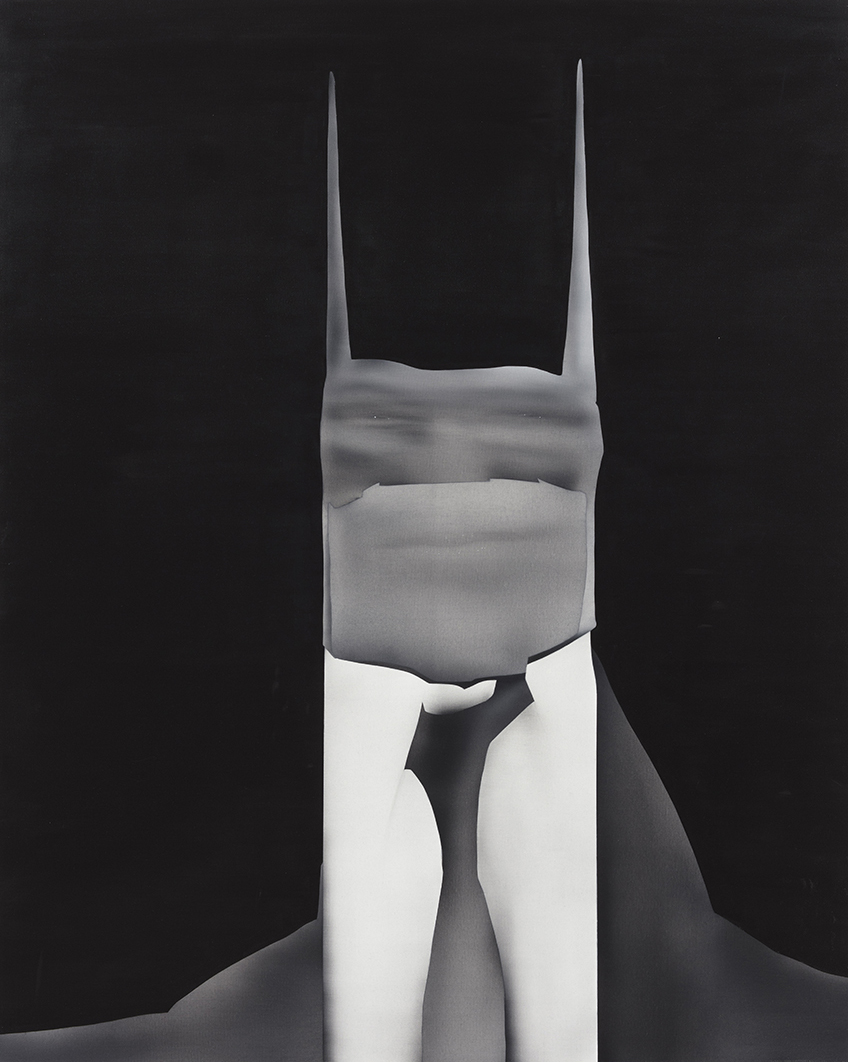
JD:
That show was very effectively summarized in the exhibition press release which you wrote. Perhaps it would be best to use that text as my answer.

ST:
I can do that. Here it is:
Steve Turner is pleased to present Midnight, a solo exhibition of recent paintings by Dublin-based Jingze Du that were inspired by art, fashion, film, urban life, the Internet and the serenity of midnight.
Du is an avid consumer of culture, both high and low, and it seeps into his work in many different ways. The influence of Picasso’s bulbous and distorted bodies is evident in many of Du’s figures as are images of selfie-posing Internet influencers. Favorite fashion brands are subjects of Du’s reconfiguring as are major and minor film characters. Each painting has a mix of inspirations that Du represents with one of his signature painting styles, either in soft transitions of gray with accents of black and white using thinned-down oil paint, or in several colors using spray-paint. The idea of midnight is central to Du, for it is then that busy, noisy days quiet down, allowing for thought, music and the distillation of influences.
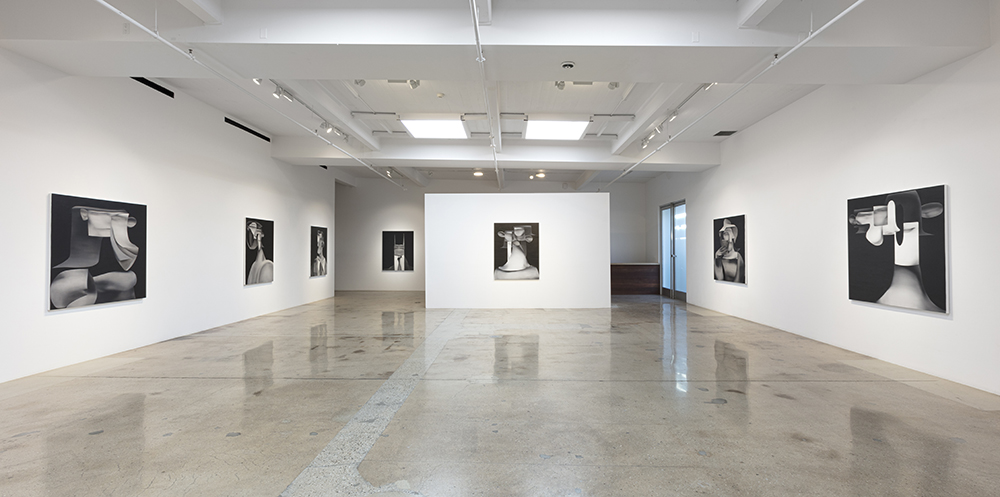
ST:
That is an excellent description of the works. You also created two new works for Untitled, Miami Beach in December 2021, Fruit Garden and Crown. They clearly relate to your interest in Picasso, but they seem to be compositions of your own invention. Is that right?
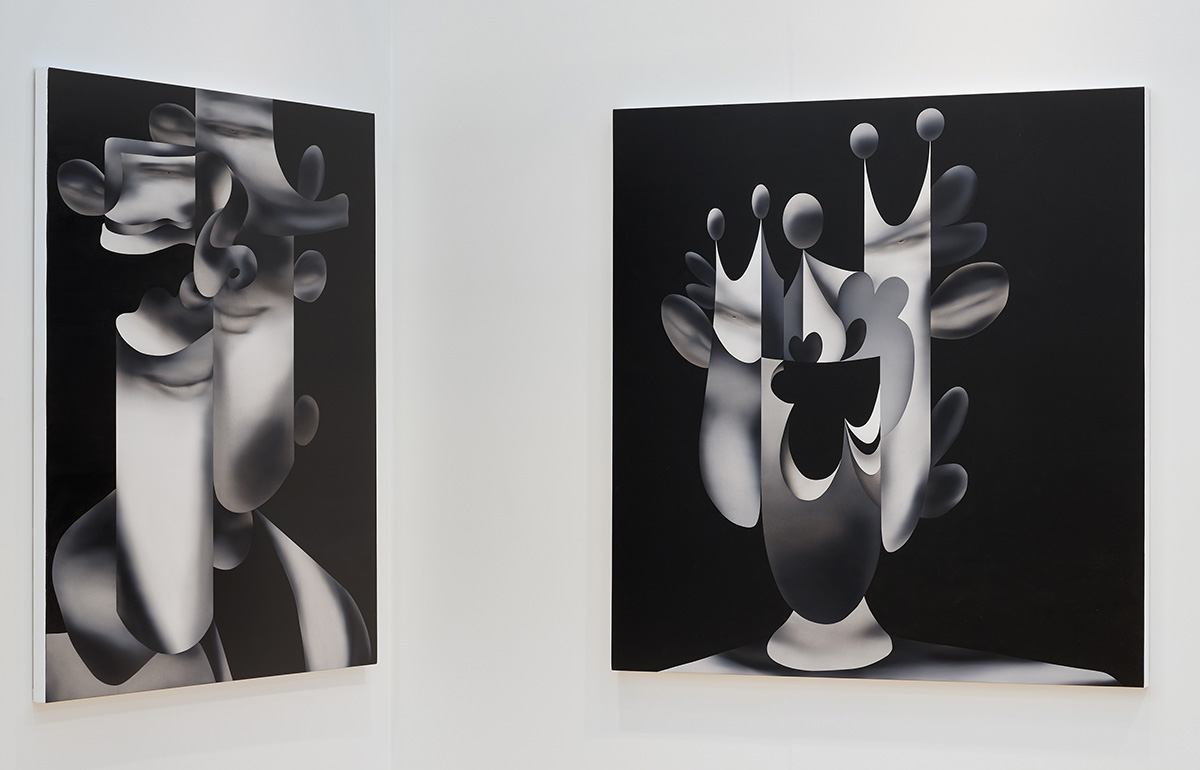
JD:
Absolutely. My Picasso series began in the leadup to Midnight when I reacted to a specific Picasso painting. Soon after, this took on a life of its own as I began to use his style and my subject to create a hybrid. This continues to excite me.
ST:
We next showed your work at Art Brussels in April 2022. While you were creating these works, you were also creating the three paintings that you showed at Art Basel Hong Kong with Hive Center for Contemporary Art. They were futuristic, cubist depictions of men in suits. What was the impetus for these works?


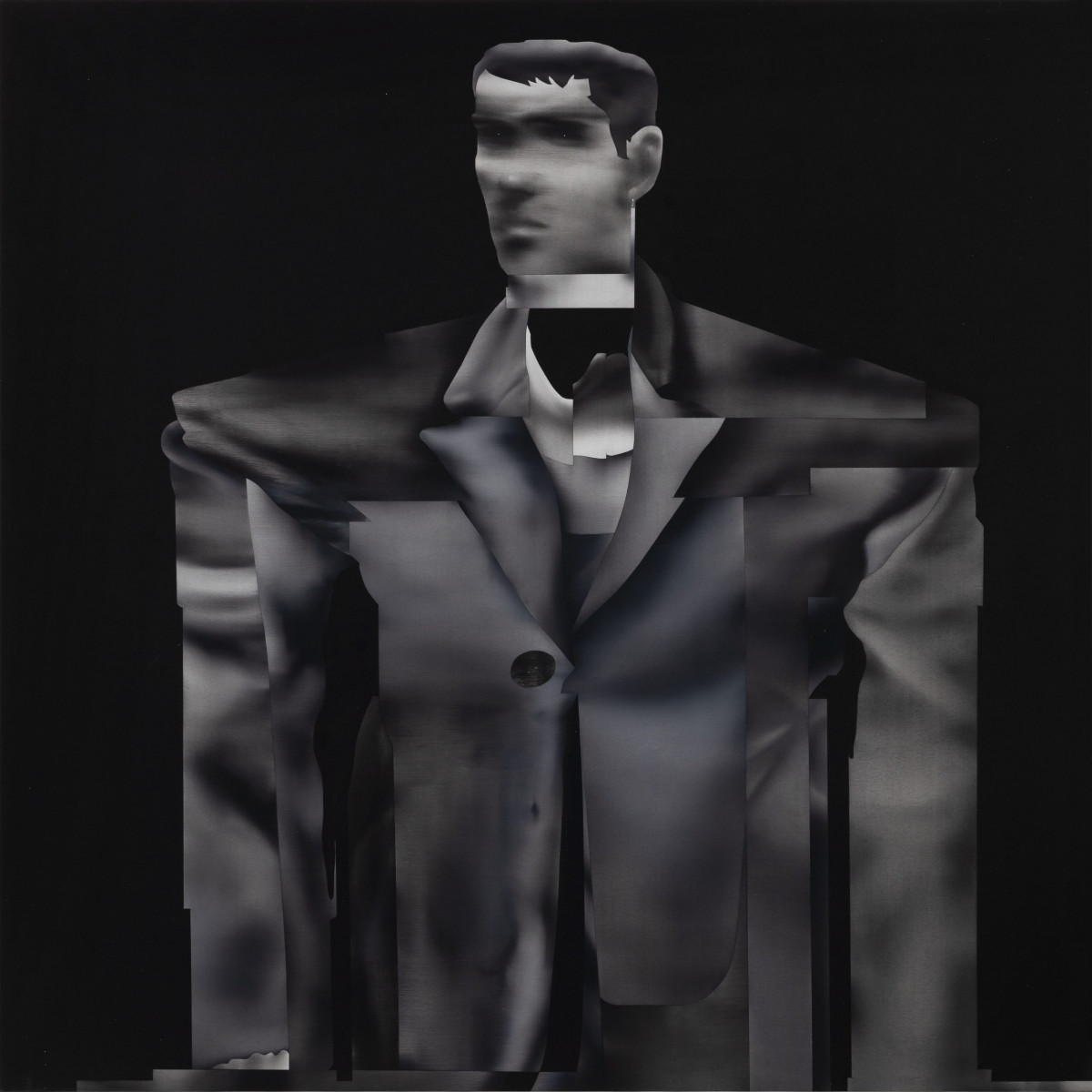
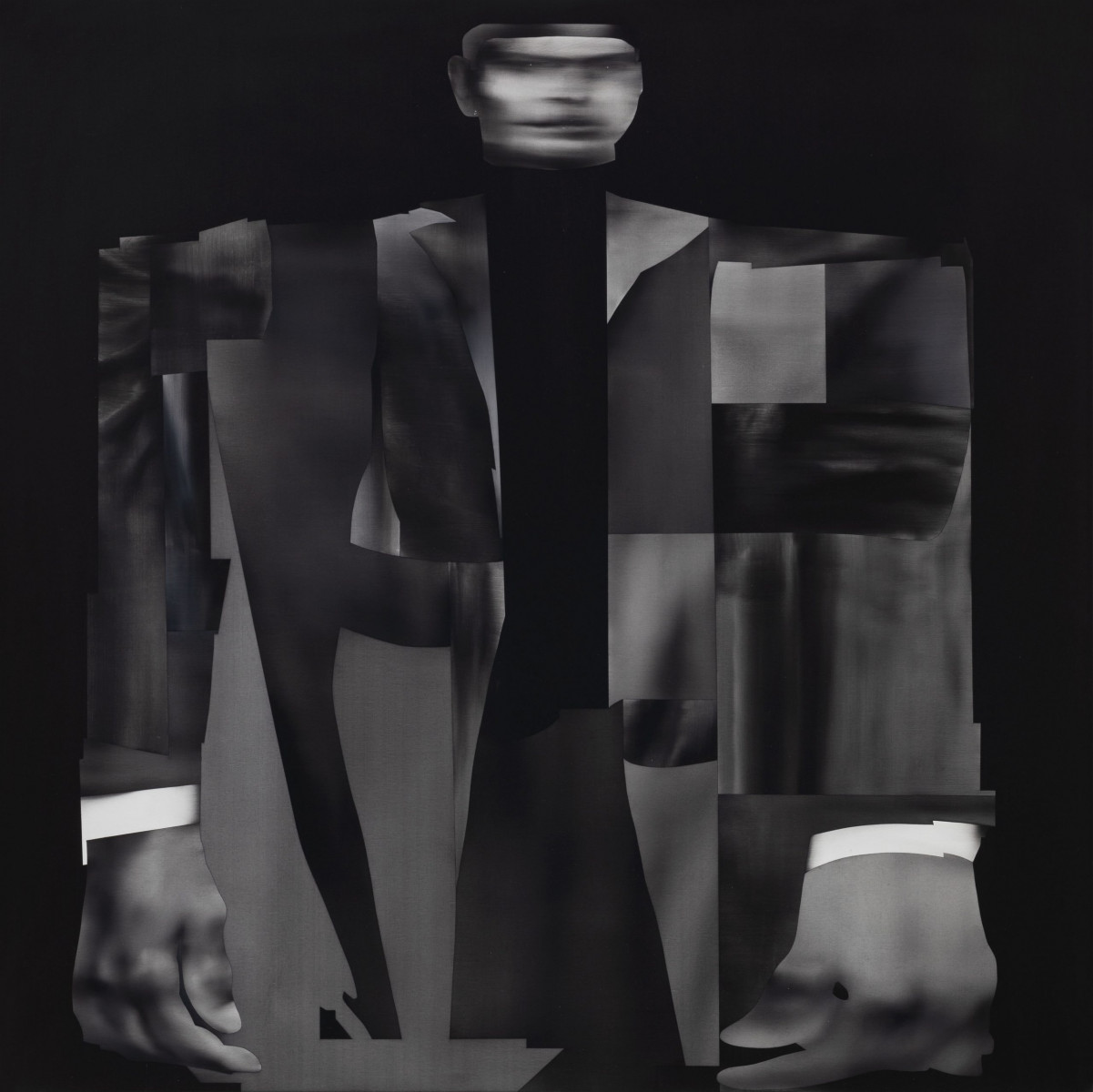
JD:
They are part of an ongoing series, again the influence of The Matrix, as well as the byproduct of all of the information I absorb and technology I experience. In some respects, they are an exploration of my own identity.
ST:
In September 2022, we showed your work at KIAF, Seoul, our first participation in an Asian art fair. You created four works that stand alone in your output so far. I think of them as surrealist landscapes. Does that seem apt to you?
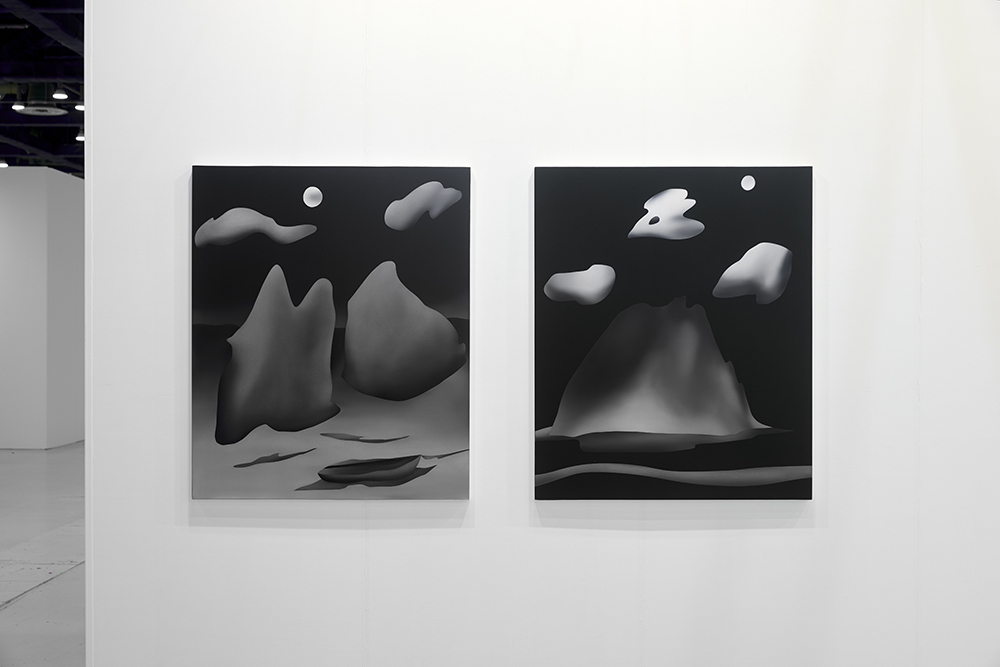
JD:
Yes, I think so. I wanted to bring all that I learned in painting animals and people and apply that to landscapes. When I depict a person, I aim to convey something essential about that person. I tried to do the same with these landscapes.
ST:
That leads us to Untitled, Miami Beach, December 2022, where we presented a grid of nine paintings, animals and people, which made for a very interesting mix and inspired many conversations. You have created paintings of animals for a few years now. Why? And, what motivated you to mix these animals with the four specific people?
JD:
I love painting animals. I choose them for what they represent in Chinese and Western culture. It enables me to bridge the distance between my birthplace and my development in Ireland. These specific animals all come from a place of innocence, perhaps the Garden of Eden–pigeon, deer, cat, peacock and dog. The four people – Jeffrey, Michael, Denzel and Larry – all come from a vastly different world, one of competition, where those who are successful are often described as killers. It seems I was mixing predators and prey.
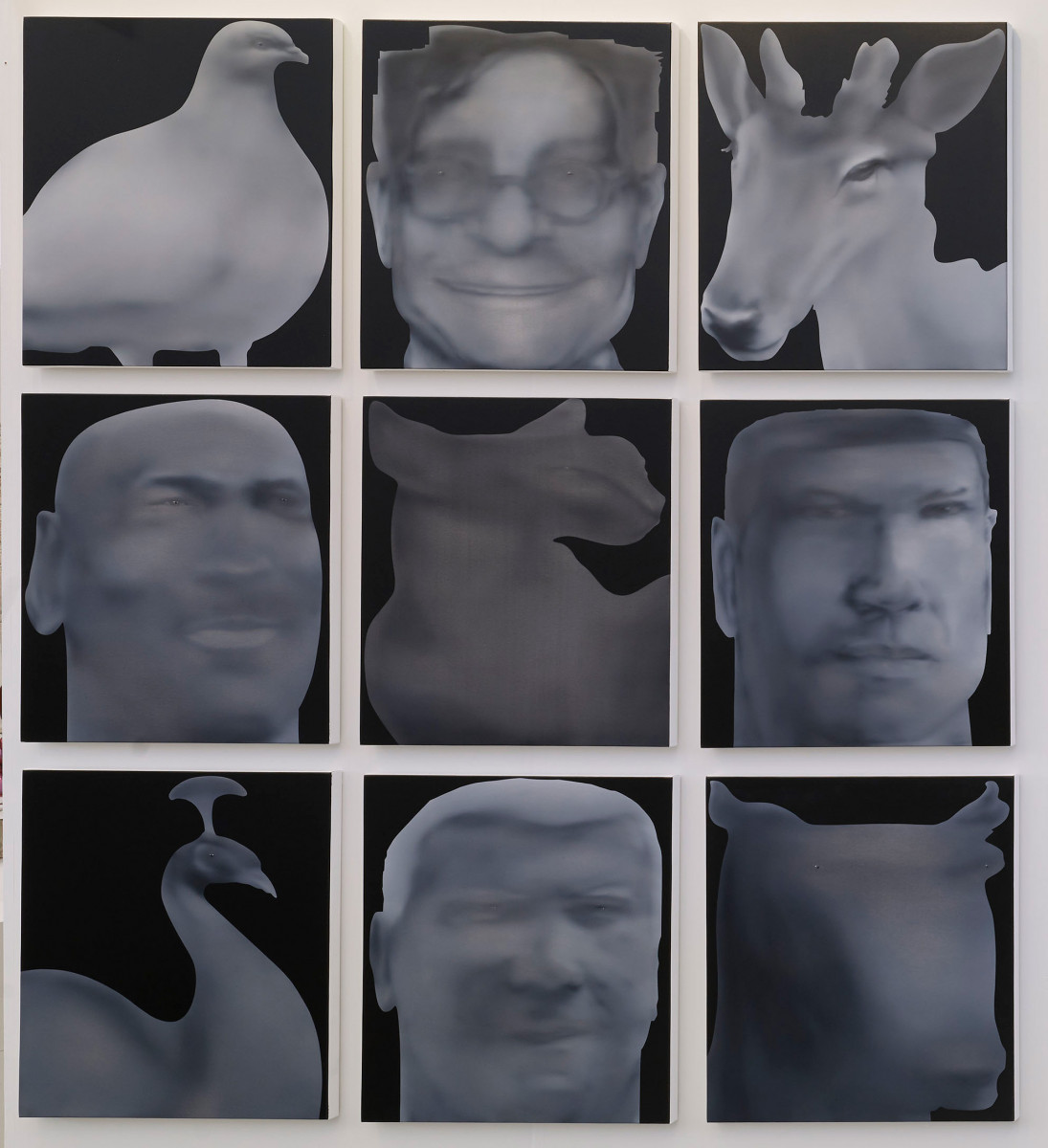
ST:
This leads us to your two 2023 solo exhibitions, first American Gothic which was presented in Los Angeles in February and now, Metropolis, which opened in New York in May. Can you describe the context for these two shows?
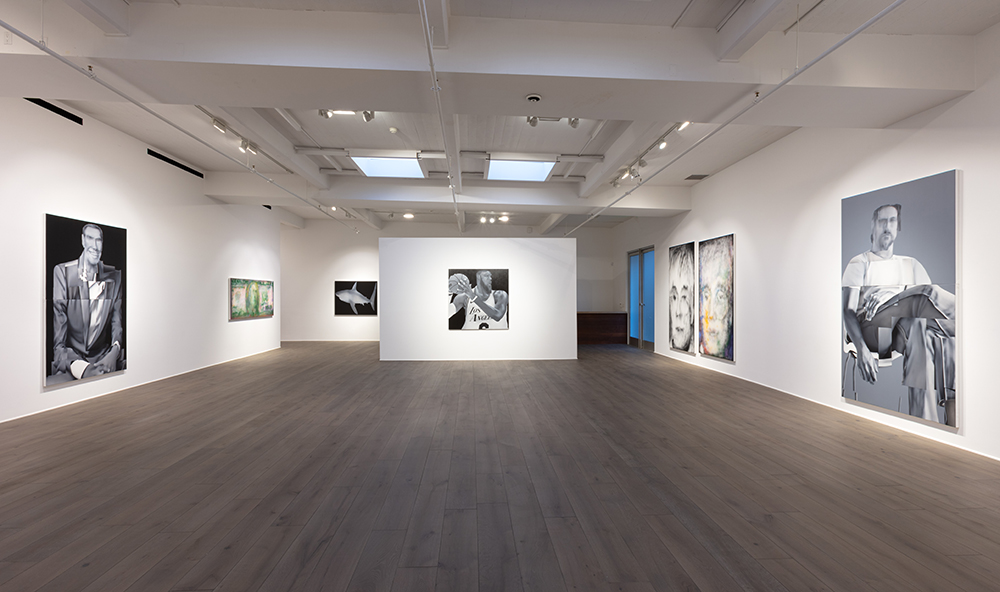
JD:
They both follow from Magic Kingdom where I first presented paintings of people who were widely familiar – Snoop Dogg, Eminem, Martha Stewart and many others. In American Gothic, I wanted to dive deeper into the culture of American art by juxtaposing my version of Grant Woods’ iconic masterpiece with large portraits of a shark, Jeff Koons, Sterling Ruby, Andy Warhol, LeBron James, the Empire State Building and a one hundred dollar bill. I chose subjects that I thought conveyed something distinctly American, at least as I perceived America, having never been there until just before this show opened.

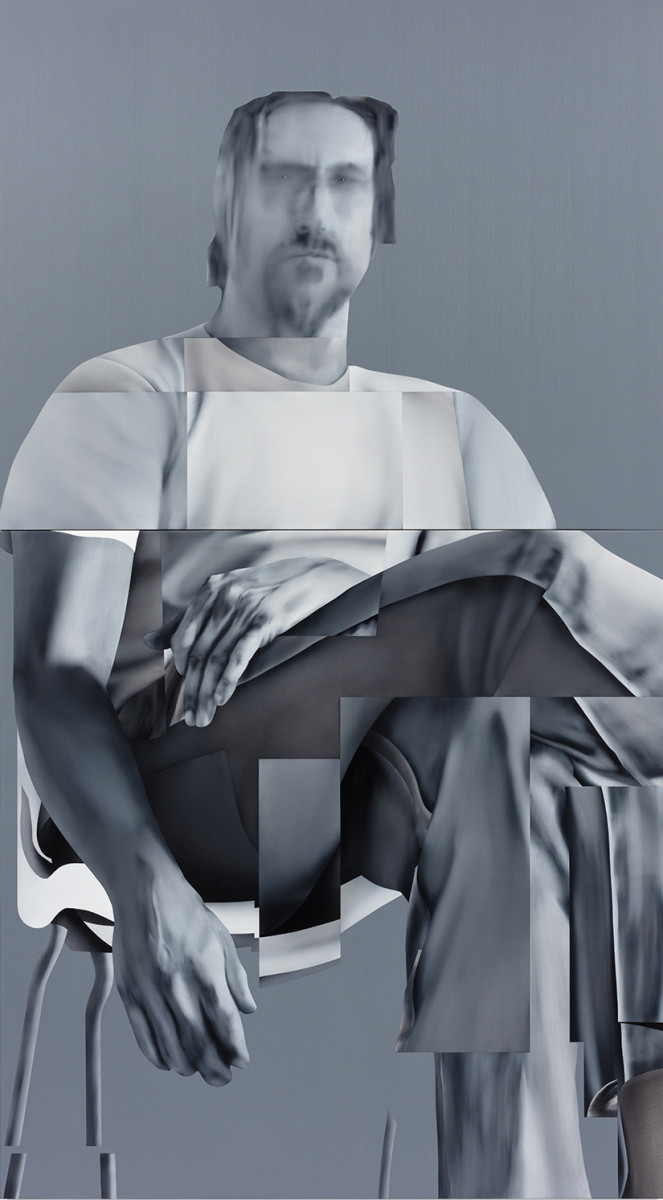
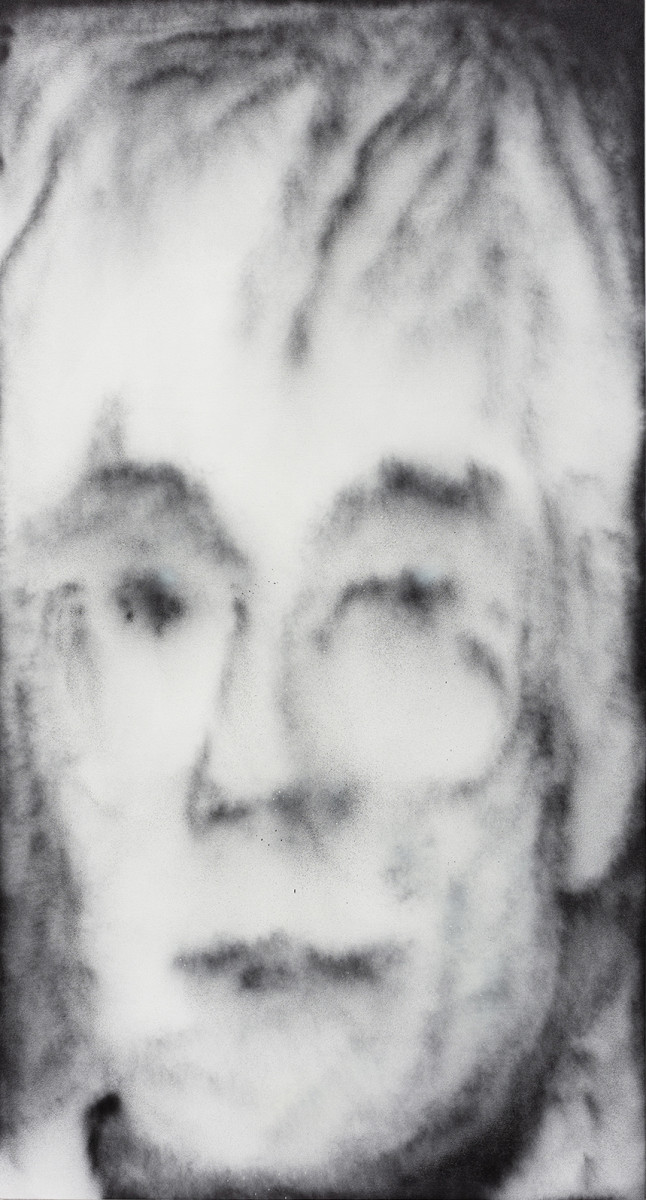
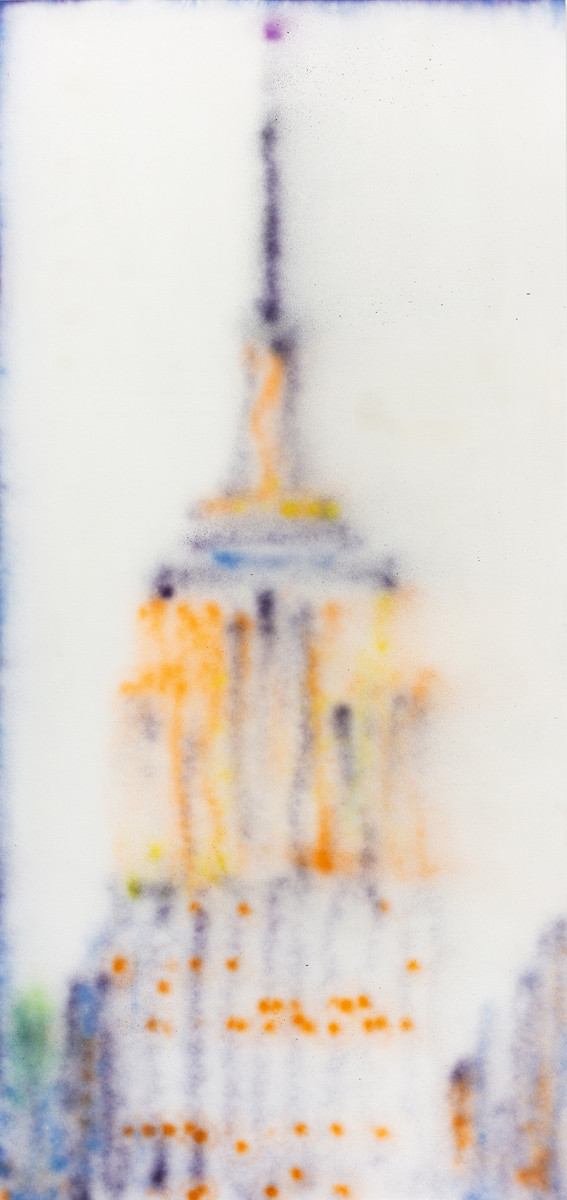
ST:
Did your time in Los Angeles reinforce your perceptions?
JD:
It was far different from what I imagined. I enjoyed every second of being there. It was immensely enjoyable. I experienced everything in real life including attending a Lakers game where I saw LeBron up close. It underscored how different real life is from the screen.
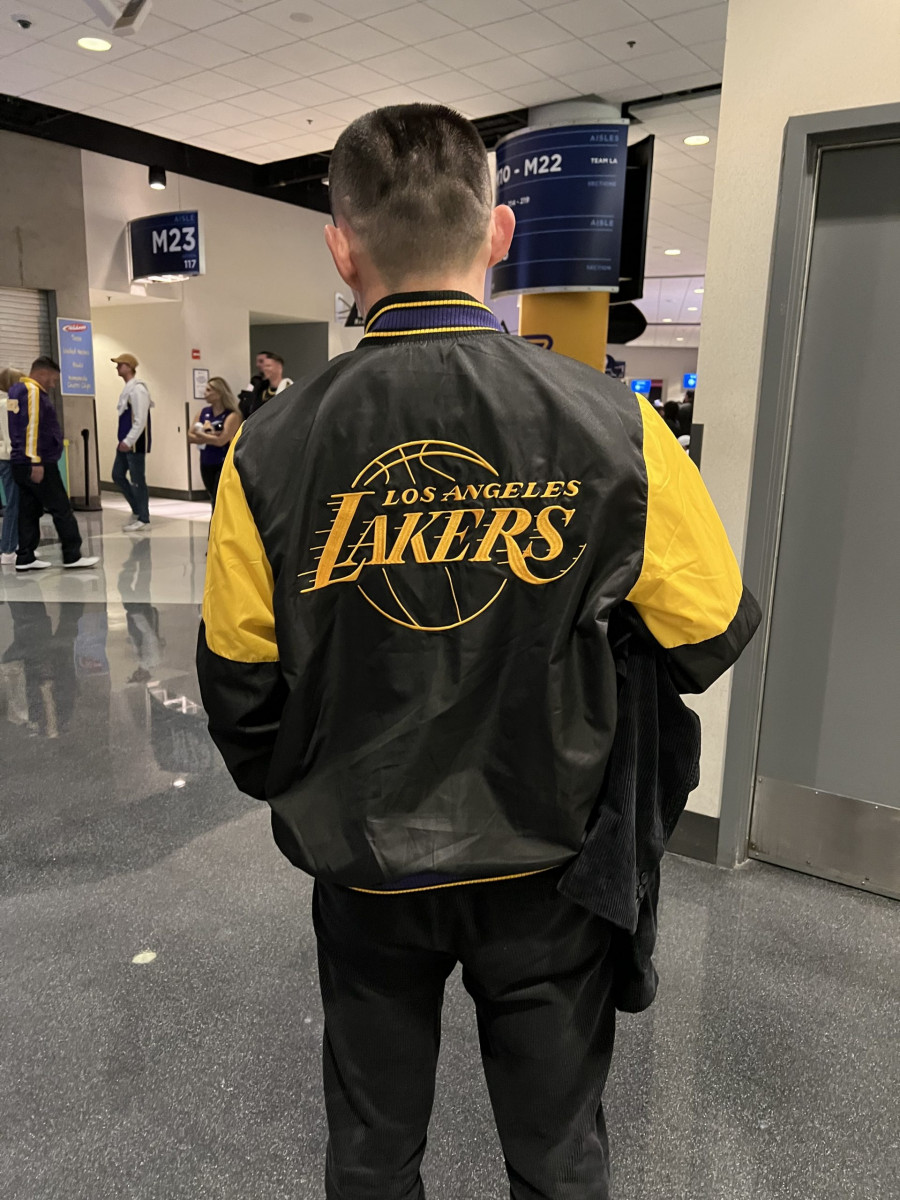
ST:
And, how did the experience in Los Angeles impact the works that you have created for Metropolis, your debut solo exhibition in New York?
JD:
The energy that I experienced in Los Angeles will forever be a part of my work. For Metropolis, I created four paintings in an entirely new style, one that is more painterly, looser, brushy, fast, spontaneous and emotional. I saw so much creativity and energy in Los Angeles and I think that made me want to push myself to further develop my skills, to experiment, to change and to grow.
ST:
You are speaking about your Mona Lisa, Las Meninas and the two Picasso paintings. What made you choose these four specific paintings to remake as your own?
JD:
I wanted the challenge of remaking masterpieces that everyone knows and see if I could somehow translate them into my visual language.
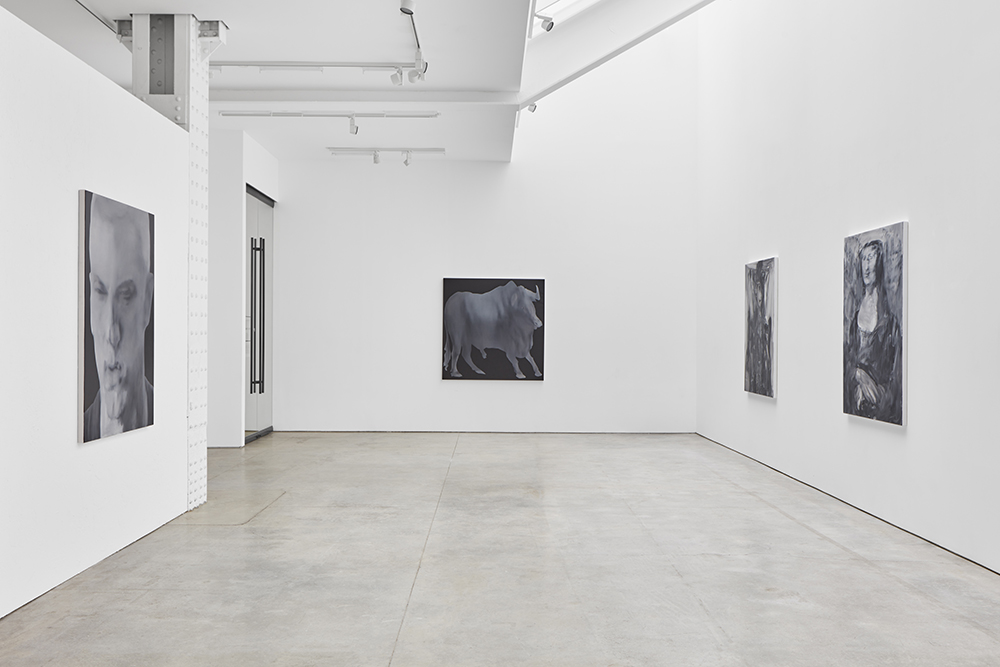
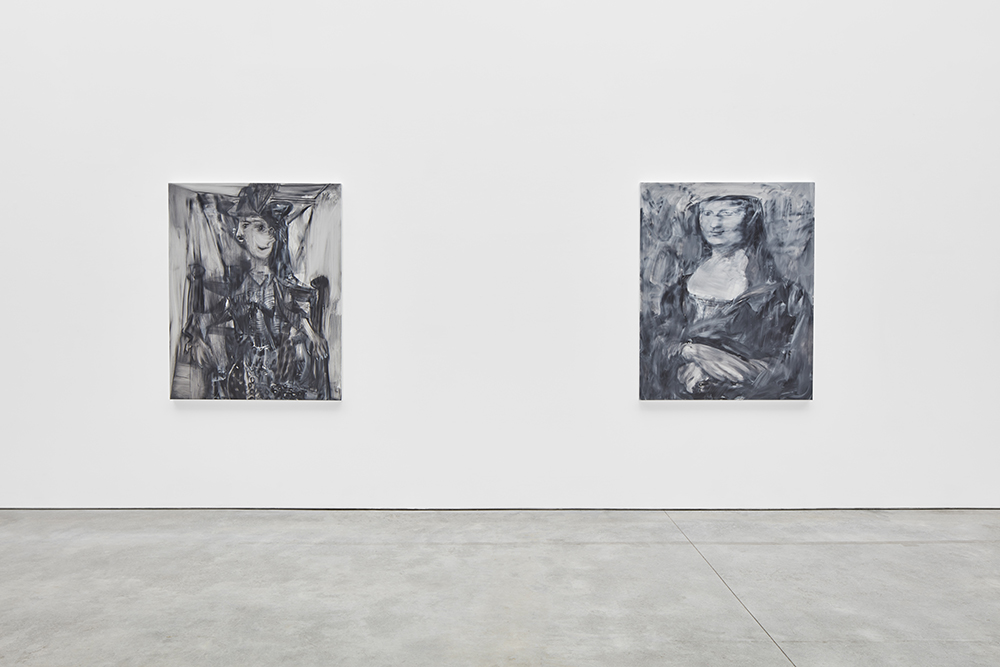
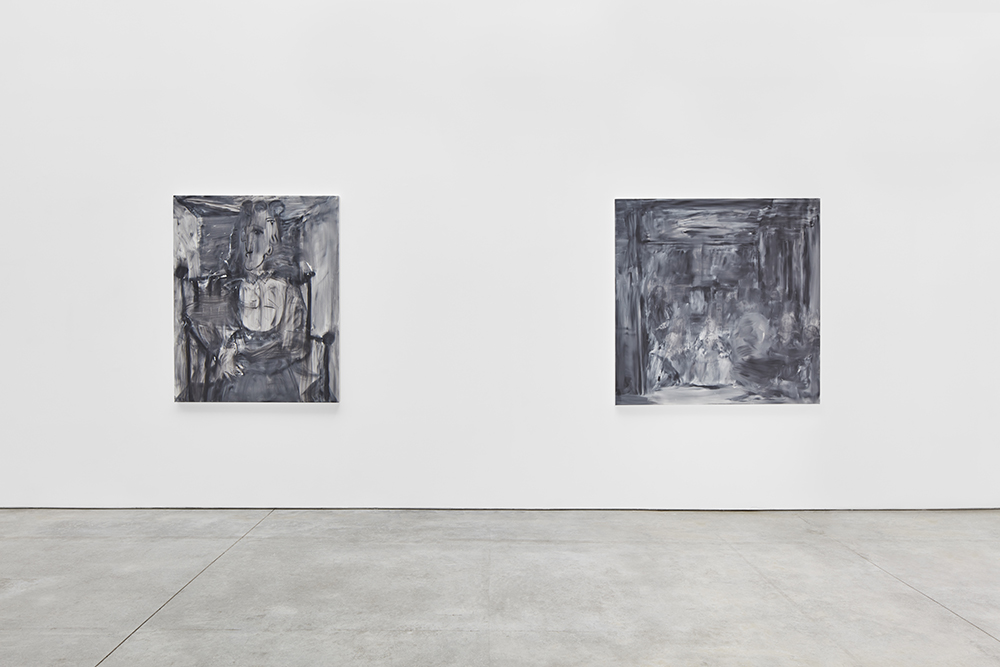
ST:
I note that a couple of years ago, you made your version of Vermeer’s Girl With Pearl Earring and that in your recent show in Los Angeles you made your version of Grant Wood’s American Gothic. Both of those were in your meticulous precisionist style. Why did you utilize the looser style with the new paintings?
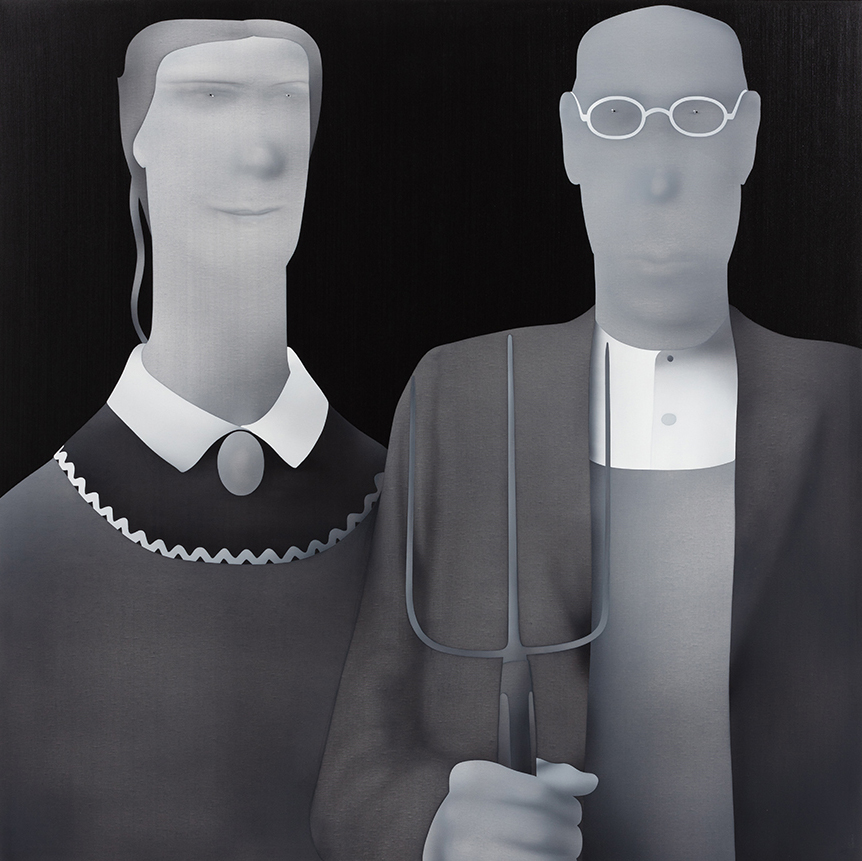
JD:
Regardless of which style of painting that I might use, I want to go to my studio full of excitement for whatever I might do that day. I want to create the best work that I can. I want to push my practice forward. I want to experiment. These paintings were a lot of fun to make and that is something that always motivates me.
ST:
How did you like seeing these two different styles in the same exhibition?
JD:
I was very happy to see them installed together. When I was creating them, I wondered if they would look right together, but having seen them, I really liked them, both in the space and in New York, the city that inspired them.
ST:
How did New York inspire these paintings?
JD:
I was thinking about New York as I understood it to be at the beginning of the 20th century and as it still is today, a magnetic place that attracts creativity and innovation, an international city that is open to all things new.
ST:
How does Mona Lisa fit with Marshall, King Kong with Dora Maar, and Qilin with Capricorn, who I understand is your good friend from Dublin?
JD:
That too is part of my experiment. I like to see how things might interact and I trust my instinct in this regard.
ST:
Now that you have finally visited the United States, it can no longer be said that you create works about American culture without the benefit of having been here. Do you have new insight now that you have visited Los Angeles and New York?
JD:
I do. I have met so many people, seen the architecture, had the food, heard the noises, smelled the smells, etc. Before, I just saw it on the screen. No matter how much I read about America, it is vastly different to experience it in person. Whatever new insight I might have, I know I am still an outsider which makes me keen to come back and learn more.
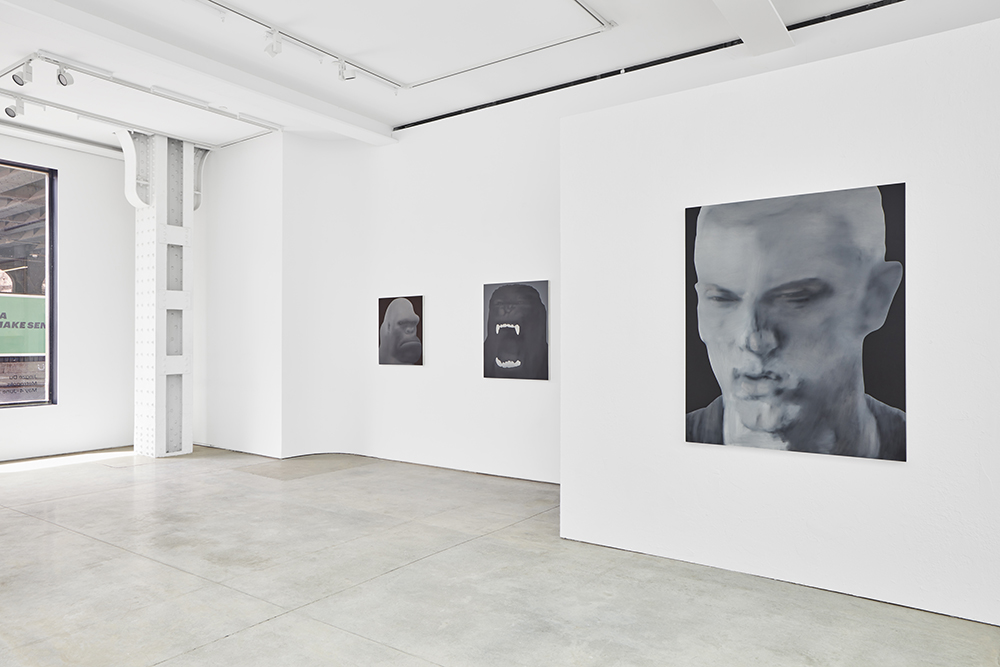
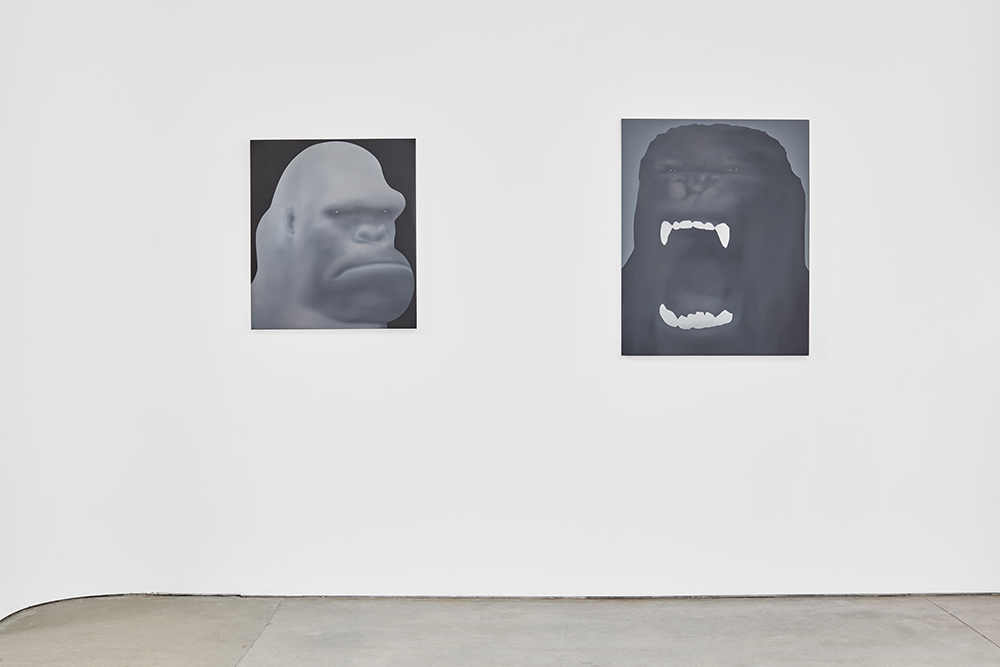
ST:
Final Question. What were a couple memorable moments from your two trips?
JD:
Seeing Lebron James up close in Los Angeles and Drew Dodge’s paintings in New York!
